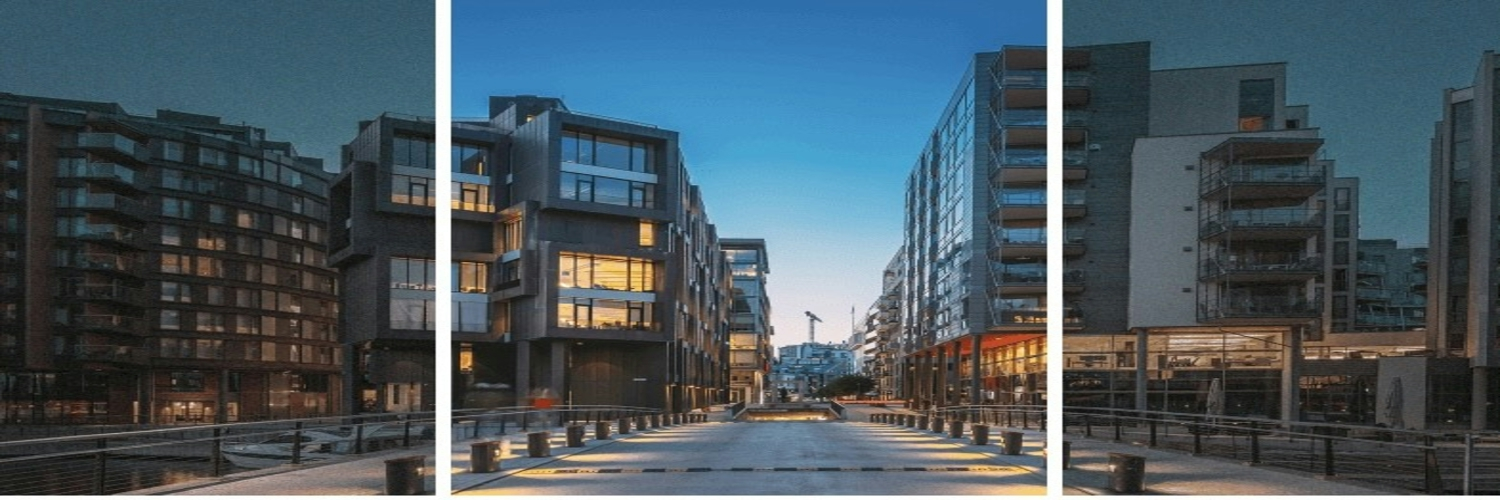Enhancing Clarity and Detail: Exploring the Wide Dynamic Range (WDR) Feature in Security Cameras
In the world of surveillance technology, security cameras play a crucial role in safeguarding our homes, businesses, and public spaces. These devices have evolved significantly over the years, offering enhanced features and capabilities to capture high-quality footage. One such advancement is the Wide Dynamic Range (WDR) feature, which empowers security cameras to overcome challenges posed by extreme variations in light and deliver clear, detailed images. In this blog post, we'll delve into the WDR feature, its benefits, and how it enhances the effectiveness of security systems.
Understanding Wide Dynamic Range (WDR):
Wide Dynamic Range is a technology designed to compensate for the stark differences in lighting conditions within a single frame. Traditional cameras struggle to capture details in scenes with high contrast, where areas of extreme brightness and deep shadows coexist. WDR technology solves this problem by combining multiple exposures of the same frame to produce a final image that balances light and dark areas, revealing previously hidden details.
The Benefits of WDR in Security Cameras:
Enhanced Visibility:
By maintaining visibility in both bright and dark areas of a scene simultaneously, security cameras with WDR provide a comprehensive view of the environment. This allows for better recognition of subjects, such as individuals' facial features or license plate numbers, even in challenging lighting conditions.
Improved Image Clarity:
WDR technology minimizes overexposure and underexposure issues, resulting in sharper, more detailed images. Fine details that might otherwise be lost, such as text on signage or small objects, become visible with the help of WDR.
Increased Accuracy in Identification:
In scenarios where identification is crucial, such as investigating incidents or identifying suspects, WDR plays a pivotal role. By capturing clearer images with balanced lighting, security cameras equipped with WDR improve the chances of accurately identifying individuals, aiding in investigations and providing valuable evidence.
WDR Variants:
Different manufacturers employ various techniques to achieve Wide Dynamic Range. Some common variants include:
Digital WDR:
Digital WDR, also known as software WDR, relies on post-processing techniques to enhance image quality. It captures multiple frames with varying exposures and then combines them to create a final image with balanced lighting. While digital WDR can improve image quality, it may have limitations compared to hardware-based solutions.
True WDR:
True WDR, or hardware WDR, is implemented through specialized image sensors that can handle a broader dynamic range. These sensors are capable of capturing a wider range of light intensities in a single exposure, reducing the need for extensive post-processing. True WDR often yields superior results in challenging lighting scenarios.
Best Practices for WDR Usage:
To maximize the effectiveness of WDR in security cameras, consider the following best practices:
Placement and Angle:
Position cameras strategically to minimize direct exposure to intense light sources such as windows or strong spotlights. Adjust the angle to ensure important details are captured without excessive glare or shadows.
Configuration and Calibration:
Configure and calibrate the WDR feature according to the specific environment. Adjust settings to strike a balance between preserving details in high-contrast scenes and minimizing noise or artifacts.
Integration with Other Technologies:
Combine WDR with other complementary technologies such as infrared (IR) illumination or smart analytics to further enhance security camera performance. Integrated systems can provide comprehensive surveillance solutions.
The Wide Dynamic Range (WDR) feature has revolutionized the capabilities of security cameras, enabling them to overcome the challenges posed by varying lighting conditions.

